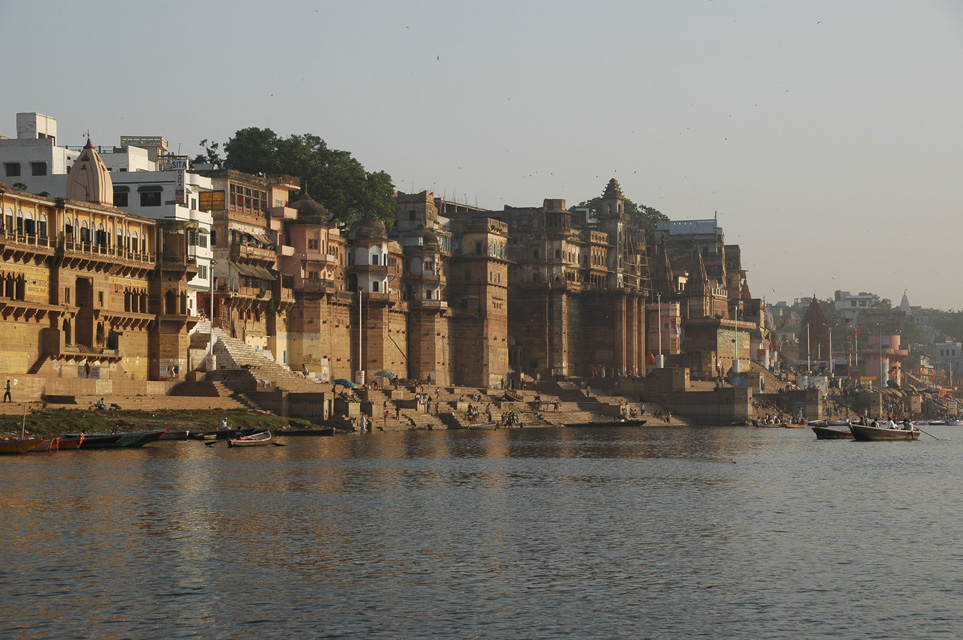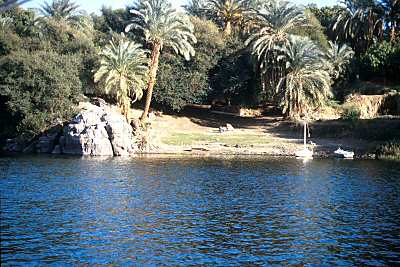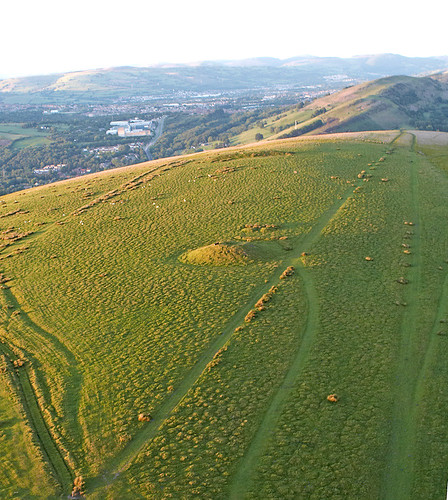The Caribbean Sea is a sea of the Atlantic Ocean situated in the tropics of the Western hemisphere. It is bounded by Mexico and Central America to the west and southwest, to the north by the Greater Antilles, and to the east by the Lesser Antilles.
The entire area of the Caribbean Sea, the numerous islands of the West Indies, and adjacent coasts, are collectively known as the Caribbean. The Caribbean Sea is one of the largest salt water seas and has an area of about 2,754,000 km² (1,063,000 sq. mi.). The sea's deepest point is the Cayman Trough, between the Cayman Islands and Jamaica, at 7,686 m (25,220 ft) below sea level. The Caribbean coastline has many gulfs and bays: the Gulf of Gonâve, Gulf of Venezuela, Gulf of Darién,Golfo de los Mosquitos, Gulf of Paria and Gulf of Honduras.
The name "Caribbean" is derived from the Caribs, one of the dominant American Indian groups in the region at the time of European contact during the late 15th century. After the discovery of the West Indies by Christopher Columbus in 1492, the Spanish term Antillas was assigned to the lands; stemming from this, "Sea of the Antilles" is a common alternative name for the Caribbean Sea in various European languages. During the first century of development, the Spanish dominance was undisputed.














